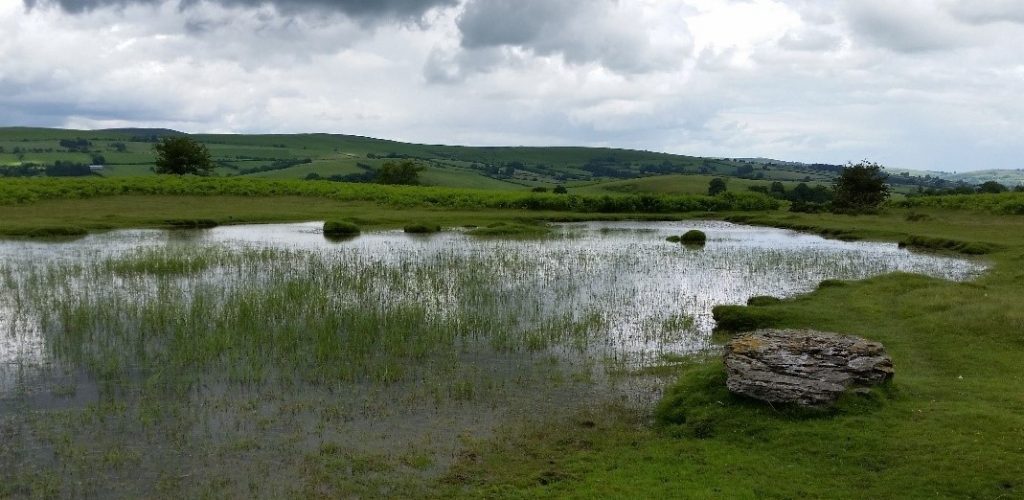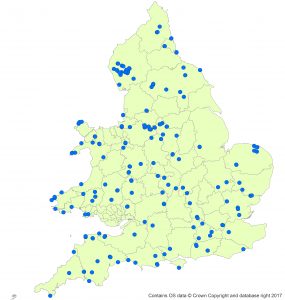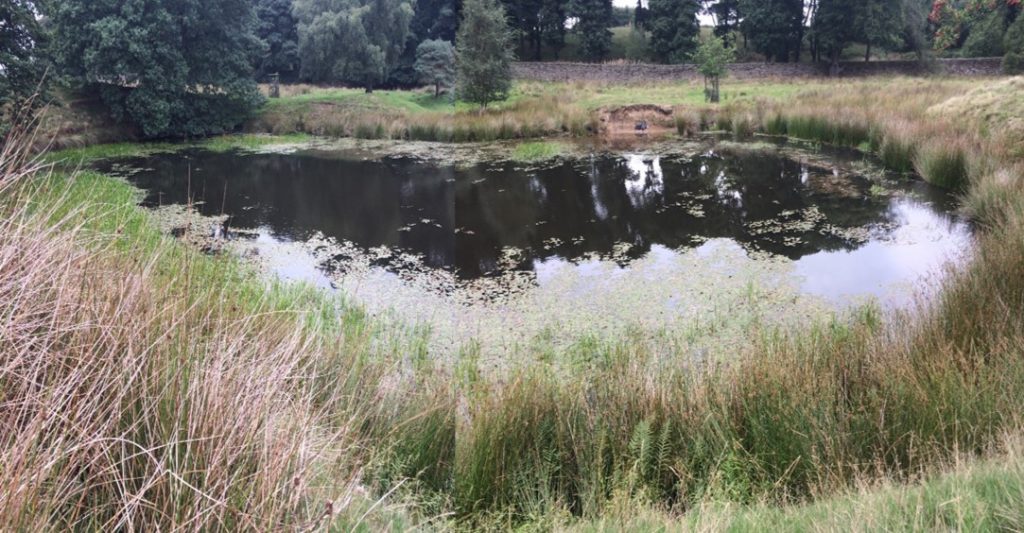National Trust shines a light on small waters within the Estate
27th November 2018
The National Trust has a vision, outlined in their 10 year strategy; to halt biodiversity loss and restore the parts of the natural environment, some 250,000 ha of land, freshwater ponds and streams, that are in its care

This includes some notable freshwater sites, many of which have already been recognised as nationally important Flagship Ponds including, for example, The Begwyns in Wales, Langham Pond at Runnymede in the South East, and Lindesfarne in the far North East.
It also encompasses sites which share more in common with the wider countryside; sites which are not managed specifically for their freshwater biodiversity value, but where the National Trust believes there is potential to achieve more for freshwater wildlife. A wide range of information suggests that smaller waters, ponds, small lakes and headwater streams, can make a substantial contribution to freshwater biodiversity and the delivery of freshwater ecosystem services.
To measure and track progress towards the Trust’s vision, a range of metrics and monitoring approaches are being developed for species, soils and freshwaters. These are being developed as part of existing national recording schemes, with the advantage that tested methods exist, there are established reporting and archiving processes, and it is possible to place National Trust land within a national context.
Monitoring of the freshwater resource delivers two interrelated objectives:
- To determine the status of freshwater habitats as important wildlife features in their own right;
- To determine freshwater quality as an indicator of how well the National Trust is managing the land and soils on its properties.
In response to a series of initial proposals, the National Trust programme board has agreed a tiered approach to monitoring freshwaters. This will use statutory agency information on rivers, streams and lakes where data are already collected, typically as part of Water Framework Directive (WFD) monitoring (Tier 1), complemented by a 1 km square stratified sampling approach across National Trust land to assess the condition of smaller running and standing waters (Tier 2). In parallel, the Trust will also develop guidance for properties to undertake their own assessment of freshwaters using Clean Water for Wildlife Kits, and the implementation of PondNet surveys for those properties with priority freshwater species that require bespoke project monitoring (Tier 3).

Surveys are being rolled out over the next five years, beginning this year with a survey of 20 pond and 20 stream lengths across England and Wales (Tier 2), chosen as part of a random stratified sample across the National Trust estate. The Tier 3 programme, to support National Trust members and volunteers to monitor nutrient pollution, will begin in spring 2019 with a series of training events at key Trust properties to demonstrate techniques.
We will report fully on the results from year one early next year. At the moment small water quality on the National Trust estate is as expected, reflecting surrounding land use and habitat management. So there is potential for both the identification of high quality sites, and to see improvements in small water quality through changes in land management across the Estate.

For fun, you may be interested to know that “Darcy’s Pond” at Lyme, made famous by Colin Firth in the 1995 BBC adaptation of Pride and Prejudice, was one of the randomly selected sites. It supported a good diversity of wetland plants with 22 species recorded. Amongst these, Penny Williams, Technical Director here at Freshwater Habitats Trust, recorded Unbranched Bur-reed Sparganium emersum which is a relatively uncommon species in the north of Britain. It is visible in the scene where Mr Darcy dives into the ponds! A new method for freshwater survey perhaps …
